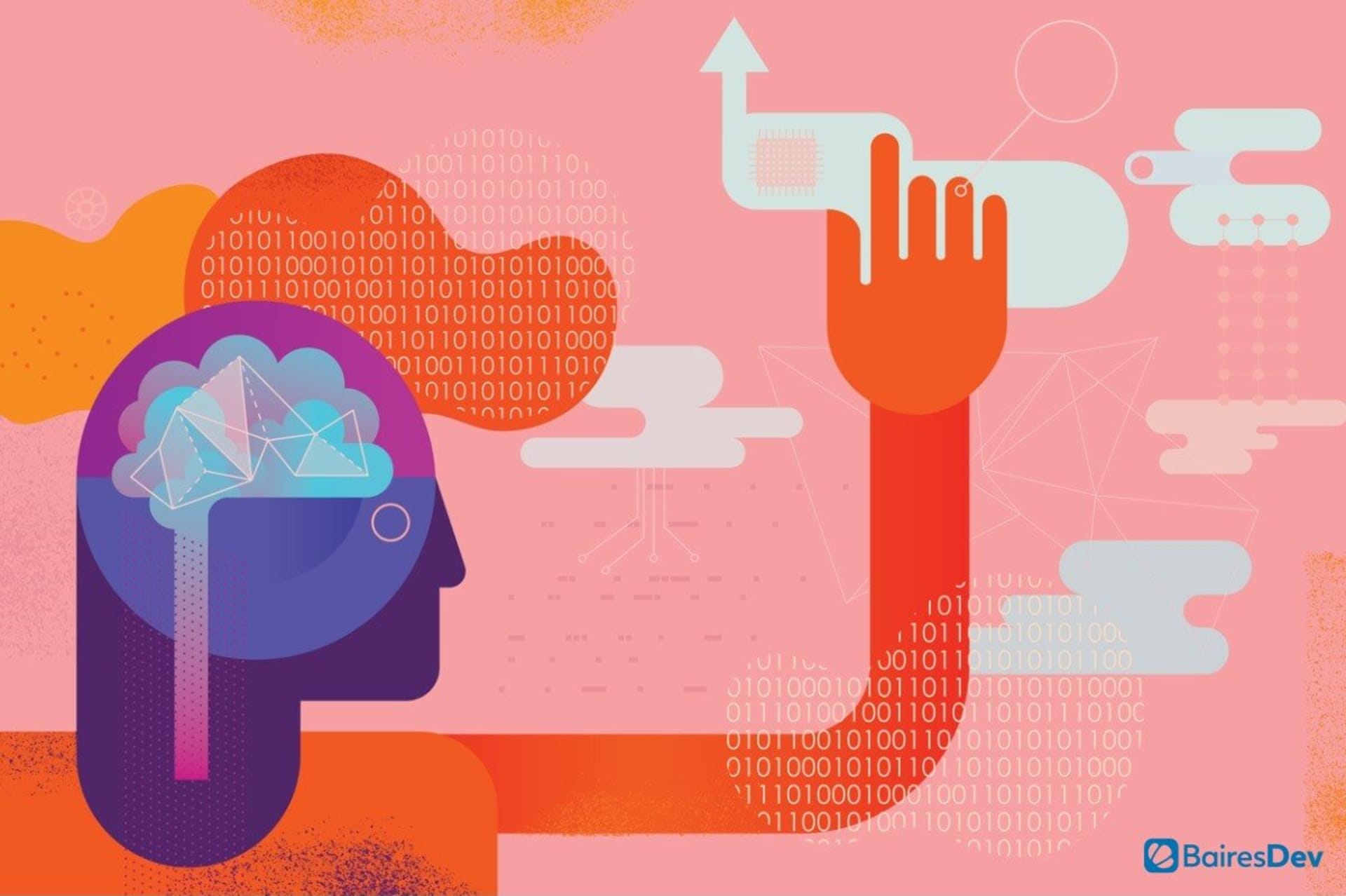Artificial intelligence (AI) is involved in many aspects of modern life, offering benefits like convenience, improved systems and services, and better quality of life. The technology is being used across industries including healthcare, automotive, finance, transportation, travel, and ecommerce. For example, in healthcare, it can be used to manage patient data, diagnose illnesses, and even perform surgeries. A high-profile example in the automotive industry is self-driving cars. And, in ecommerce, it’s used to find suggested products for shoppers to consider.
But AI isn’t perfect. Some of the issues have to do with how the technology is used, rather than the technology itself. For example, the phrase “garbage in, garbage out” applies when faulty data is entered into an AI, producing inaccurate results. Other challenges have to do with practical considerations like costs in time and money to make AI work the way companies need it to and the limited number of qualified operators available.
AI is still highly useful in a wide variety of business situations. However, there remain several AI problems that have yet to be resolved. Here we examine 5 of the most pressing issues, the problems they can cause, and some of what’s being done to address them.
1. Bias
AI’s bias problem has been well documented. It can lead to things like discrimination in housing, job applications, and the criminal justice system. For example, Amazon used AI to choose job applicants only to realize it was consistently viewing women as unqualified. Such bias is the result of bias in the data used to train the AI.
The following video describes how facial recognition can be discriminatory against women as well.
As AI becomes more ingrained in our culture, there is a potential for bias and fairness to become a larger issue. The problem becomes more pronounced when operators aren’t trained to spot bias or when they assume results are neutral since they come from a machine. The AI’s problem with bias is a challenge that can be overcome, but doing so may require more time and money, as well as additional trained specialists.
2. Lack of Talent
The IT field has been dealing with a talent shortage for some time. While many new IT workers are becoming available, the demand still outpaces the supply. AI data scientists are even rarer, and companies may struggle to find qualified workers in this area. Some businesses are addressing this challenge by creating internal training and education programs, which can be shaped to each company’s unique needs. However, such programs can take years to pay off.
3. High Cost in Dollars and Time
AI is expensive, especially in the beginning. Monetary costs include hardware, software, and staff training. The hardware must be dedicated and high-powered, which increases the expense. The fact that such hardware is also in high demand for cryptocurrency mining has driven up the price even more.
But that’s just the beginning. AI operators must spend time “training” the AI, which is something that, depending on the application, could take months to do. Another time-intensive element of using AI is gathering, organizing, and labeling data. While existing data sets can be used to cut down on the amount of time needed, new ones may need to be created if those available don’t meet operators’ needs.
4. Security
Another problem with AI is security. AI has the potential to improve cybersecurity but also to create new vulnerabilities. The following are key security threats for AI applications.
- Unauthorized entry. A cybercriminal could hack into a voice-recognition security system by creating an audio recording that an audio recognition algorithm would recognize as human. Images and facial recognition can be used in the same way.
- False predictions. A cybercriminal may provide the AI with false inputs designed to lead to inaccurate predictions.
- Data corruption. Data sets may be altered to create inaccurate results. Organizations should use strict privileged access management (PAM) policies to prevent this type of attack.
- Transfer learning. Here, the cybercriminal deceives an AI that is trained to perform a certain function.
- Online manipulation. When an AI is connected to the internet, cybercriminals can directly attack it by feeding it false data or training it to return inaccurate results.
Another issue related to security is data privacy. AI operators have a responsibility to keep data confidential, especially sensitive information such as health or financial records. However, insufficient security may leave systems vulnerable to attack and data susceptible to being stolen.
5. Ethics
AI understands logic, but ethics aren’t always logical. So, engineers haven’t yet been able to program AI to understand the morality involved in human activities. That means some decisions made by AI systems based on algorithms could go against human ethical concerns.
Other challenges are related to the ways in which AI is used. For example, many workers are concerned about losing their jobs to AI machines. Is it ethical for employers to make these replacements, leading to high unemployment? Self-driving cars may injure pedestrians. Is it ethical to allow them to be on the road if such accidents are possible? Who is at fault in such situations, as there is no driver? Another example is surveillance which includes AI. Is it ethical to deploy facial recognition, which raises significant privacy concerns?
Additionally, AI operators don’t always know exactly how the AI arrives at certain conclusions. This unknown quality is known as a black box — a place where calculations happen that no one can see, making AI increasingly responsible for decisions that can’t be justified.
AI Issues Leave Small Businesses Behind
The issues mentioned above are challenging for large companies and potential deal-breakers for small ones. That is, small businesses may lack the resources to address them and therefore opt out of using AI at all. For example, many smaller companies may lack the money, training and bias elimination resources, and the ability to attract the best talent.
When smaller companies opt out of AI, they remain at a disadvantage in the competitive landscape within their industries. Thus, the accessibility of AI resources may be one more challenge with the technology that has yet to be resolved. Partnering with an AI development company could provide these smaller businesses with the expertise and resources needed to overcome these barriers.
Overall, many of these AI problems have the potential to be rectified, but they will require effort, time, and investment to resolve. An AI development company can play a crucial role in making these technologies more accessible and manageable for businesses of all sizes.
If you enjoyed this, be sure to check out our other AI articles.






